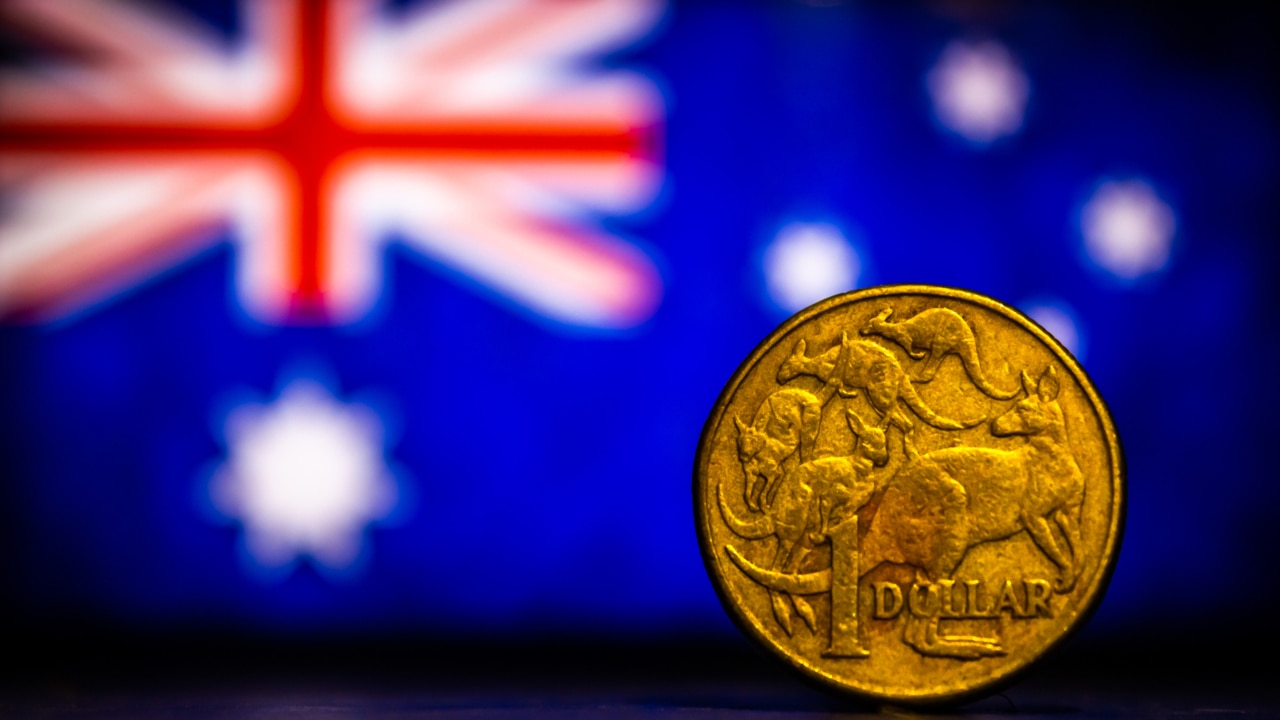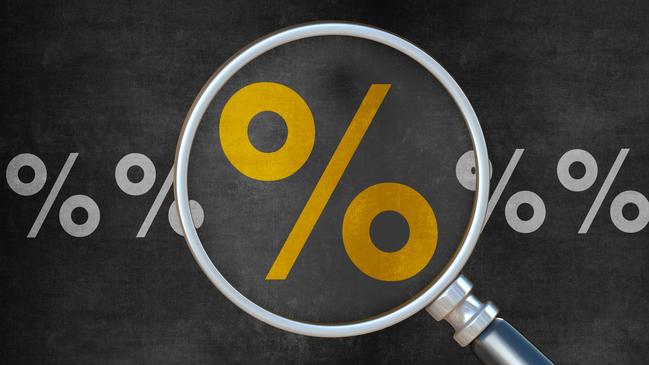Home loan borrowers in a fix over the great interest rate unknown
Households crunched by surging interest rate rises and other costs are thinking of ways to stop financial pain. Is fixing the answer?

Eight won’t be great for millions of Australians with a mortgage as the Reserve Bank’s rate rise onslaught rolls on.
In early December, the RBA is almost certain to lift its official cash rate for the eighth time since May, and many people with home loans are already paying more than $1000 each month more than they were earlier this year.
Some lenders are reporting more customers seeking fixed-rate loans as scared borrowers desperately seek ways to stop the barrage of rate rises.
But is fixing now a good idea, considering that many fixed rates are now way above the current variable home loan rates?
Most lenders offer variable rates below 5 per cent but only a tiny proportion of fixed rates are in that range. The big four banks have fixed rates ranging from 5.29 to 6.69 per cent for terms between one and five years.
Fixing your home loan rate is often a gamble, and right now the gamble is bigger than usual because you are betting that the RBA will raise rates another three to six times next year just to break even on your bet.

Financial markets and economists say a December rise will happen, but beyond that the RBA’s moves are much murkier.
Some say it will stop at an official cash rate of 3.1 per cent, which means variable rates near 5 per cent will be the norm, while others predict three or four more rises.
There’s a chance the RBA might start cutting rates again from late 2023, as the impact of three full percentage points of rate hikes from 2022 hits households.
Knee-jerk financial decisions are always dangerous, and while some people could feel forced to fix their loan, it’s important to first work out what you can afford before locking in a much higher rate than prevailing variable rates.
The biggest problem around fixed rates right now is that many people who previously fixed are set to be smashed by huge rate rises in the coming 12 months.
They fixed their mortgages in 2020 and 2021 – often about
2 per cent for a couple of years – and those fixed terms end soon.
It’s estimated that $400bn worth of fixed-rate home loans will expire by the end of 2023.
Roughly, that equates to an extra $12bn of interest costs being slapped on households soon.
This is known as the mortgage cliff, and should result in reduced household spending, which should ease inflation, which should lead to flat or falling interest rates.
Of course, nothing is certain. Many people – myself included – never expected rates to rise as high as they have this year. I’ve given up making predictions, but I do see and hear a lot of reports of financial pain in households across Australia.
Remember that banks pay big money to boffins to set their home loan interest rates at levels that make the banks even bigger money.
Borrowers now should question their own financial situation, how many more variable rate rises they can afford, and whether they prefer to fix as insurance against further increases.






To join the conversation, please log in. Don't have an account? Register
Join the conversation, you are commenting as Logout